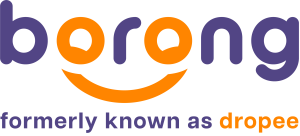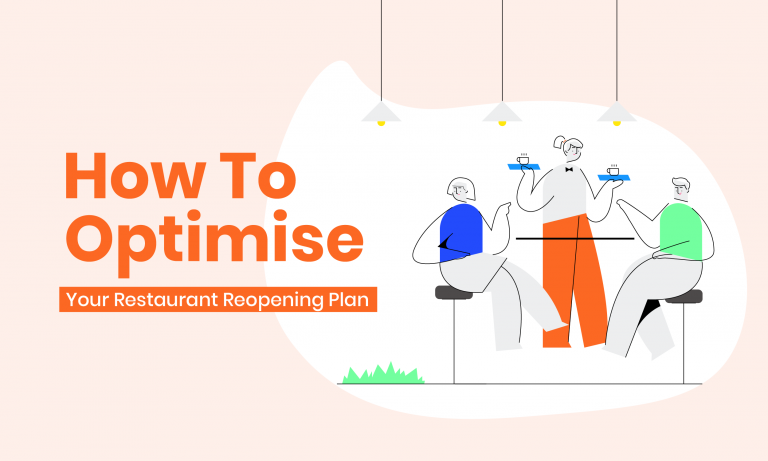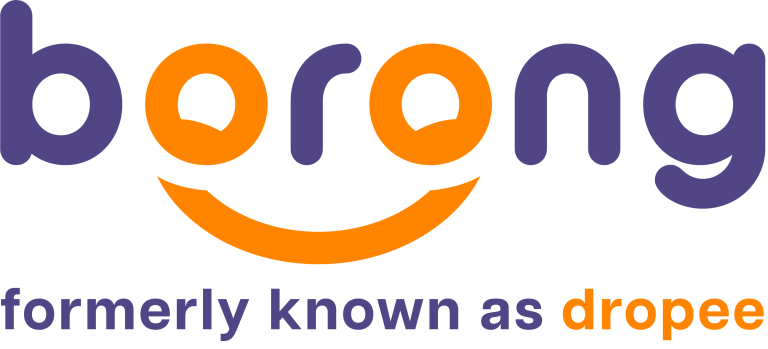It has been almost a year since the pandemic hit the globe – and for restaurant owners, it was a year of adapting to volatile changes surrounding SOPs. In your restaurant reopening plan, it meant maintaining strict compliance with regulated health protocols in order to uphold the safety of customers and employees.
While a growing number of states are starting to loosen the social distancing restrictions, it is still absolutely crucial for restaurants to ensure that their operations adhere to the highest safety standards. At Dropee, we want to make sure that you’ve got everything covered.
That’s why we’ve put together a set of guidelines on how you can optimise your restaurant reopening plan to meet the standards of today’s new normal.
Tier 1: Guidelines and SOPs
Operators must do their due diligence to identify the latest guidelines and information from both local and state governments.
Despite the recent relaxation of the two-person-per-table rule, many restaurants are still calling for the government to provide a clearer list of SOPs to deliver more consistent service across the board.
Restaurants will benefit from taking the time to refresh existing policies and adapt to the current environment.
This might include…
- Creating an internal guide on safe work procedures for Covid prevention
- Briefing on roles and responsibilities of management staff to ensure compliance with legal requirements
- Rolling out cleaning and disinfection modules as well as employee training and supervision
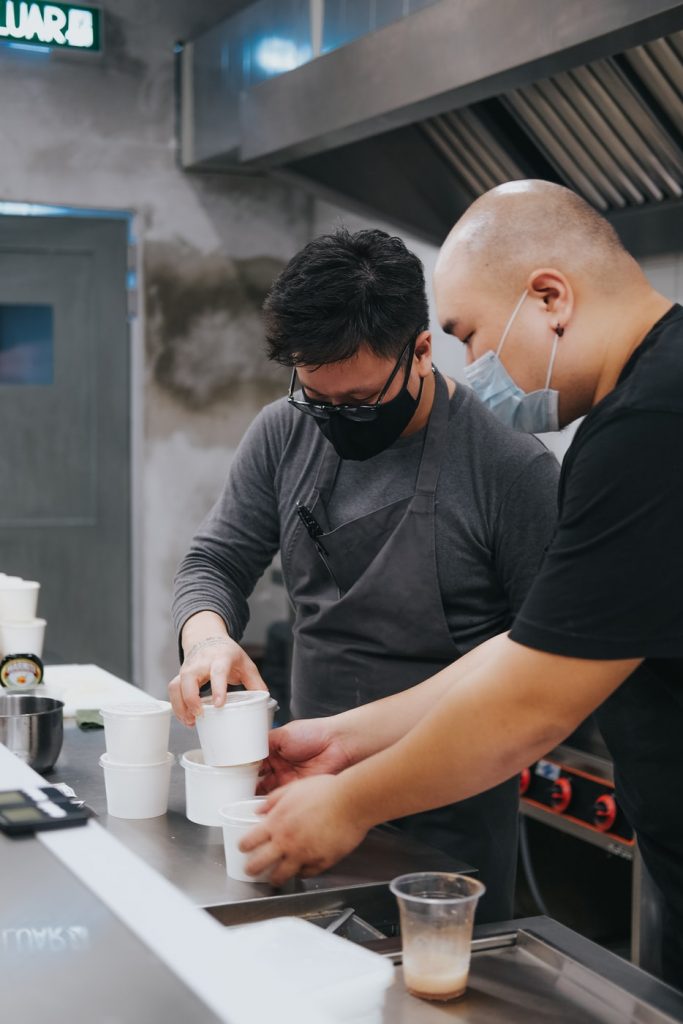
Once these guidelines have been established in your restaurant reopening plan, be sure to communicate them to your staff. The MOH’s best practices guide for workplaces provides a comprehensive summary of restaurant safety measures to safeguard customers and employees.
From maintaining employee personal hygiene to managing food handling and services, thoroughly reviewing the guide will provide restaurants with more structure.
Tier 2: Communications and Promotion
Now is the time to use your social media and digital channels to improve communication with your customers.
Opening hours, dine-in capacity and safety protocols are all valuable information that should be shared with your customers and kept up-to-date across all channels.

A fantastic example of this is by local coffee roasters, VCR. The cafe pinned their safety measures in their Instagram story highlights where it is easily visible to all their followers.
It’s important for customers to know that restaurants are prioritising their well-being. Maintaining a transparent and consistent stream of information on how you’re ensuring a safe dine-in experience will put customers at ease.
From a marketing standpoint, continuously communicating with your customers also gets them excited about coming back.
Live cooking demonstrations on Facebook, sharing recipes that can be replicated at home, and offering sneak-peeks into upcoming menu additions on Instagram are just some of the inventive ways top Malaysian restaurants have engaged with their customers.
On a side note, it’s important to remember that some customers may still be apprehensive about dining in. This is why it’s important to continue addressing your take-out and delivery options, menu updates, and delivery safety procedures. Now is the best time to work with a food delivery partner!
Tier 3: Customer Experience and Dining Safety Protocols
At this stage, restaurants must ensure that guidelines for dine-in protocols are observed by their patrons to ensure the safety of employees and other diners.
Do communicate the latest safety protocols on your website, digital platforms, and in the venue itself, such as:
- Temperature screening and contact tracing
- Providing sanitisers at the entrance
- Displaying visible signage showcasing the steps patrons must follow
- Demonstrating the measures staff are taking to observe safety standards
Additional measures that have been taken by many local restaurants to minimise harm include:
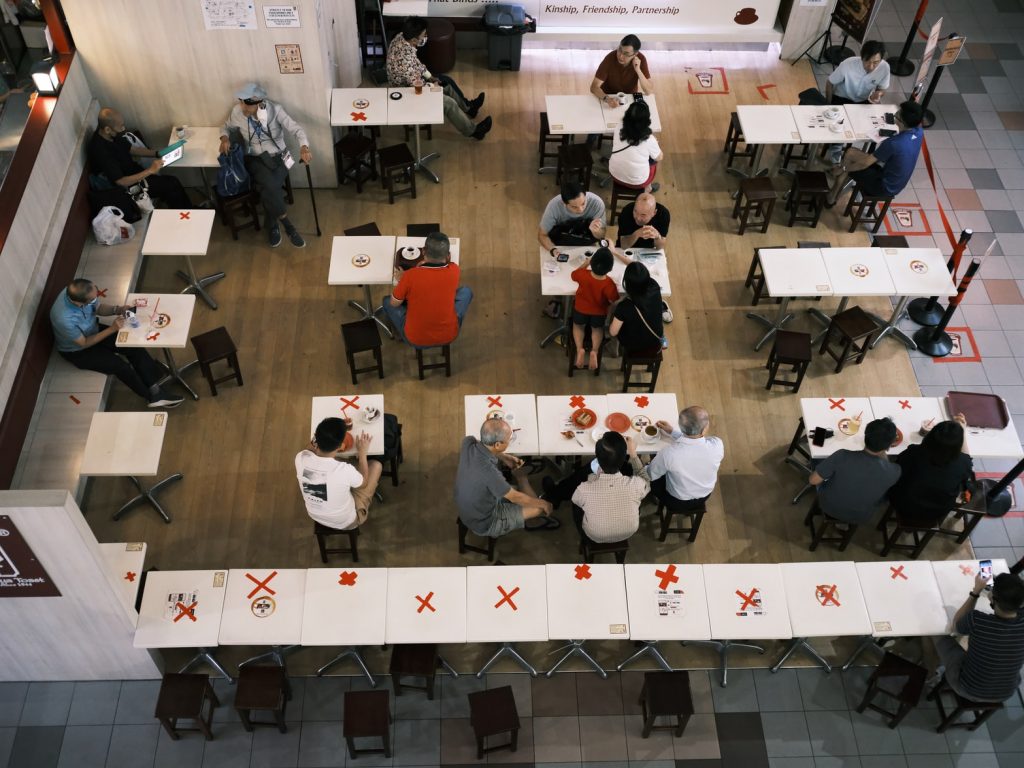
- Implementing contactless payment and ordering systems
- Adjusting the floor plan of the dining area to meet government-mandated distancing rules
- Operating at 50% capacity to ensure ample space for patrons to minimise contact
- Implementing a timely disinfection schedule for all surfaces
- Installing collapsible dividers in between dining groups
- Providing hand sanitiser stations all around the restaurant, including the entrance and washrooms
- Limiting entry to dine-in customers only. Restrict pickup and delivery orders to the entrance or the restaurant waiting area
Tier 4: Employee Safety, Training, and Procedures
To ensure your dine-in operations are smooth, ensure every team member is clear on the safety protocol steps. All staff should undergo training on how to observe proper workplace sanitisation methods.
In fact, use this opportunity to check in with your employees as well as address any confusion or uncertainty that may arise.
To reduce the risk of transmission, it is compulsory for employees to be pre-screened prior to returning to work.
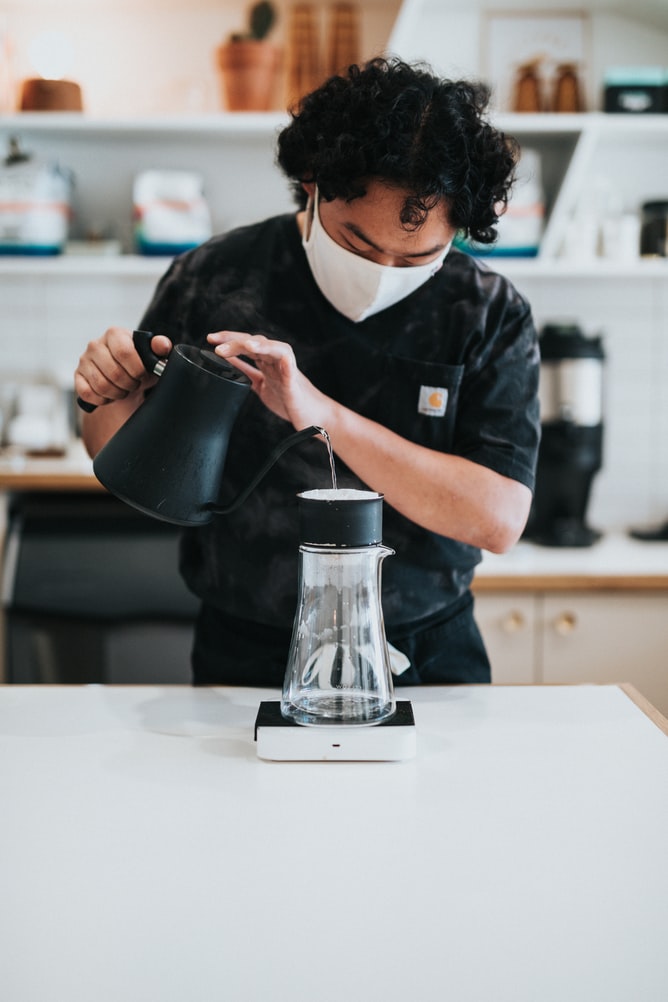
With regards to employee safety, OSHA’s basic infection prevention measures emphasise a list of steps that can reduce the risk of Covid-19. These practices include:
- Promoting frequent hand washing
- Encouraging workers to stay home when they are sick
- Encouraging respiratory etiquette
- Exploring flexible working hours such as staggered shifts to increase physical distancing amongst employees
- Discouraging employees from sharing mobile devices, utensils, etc.
Additionally, as a precautionary measure, we also suggest developing a response plan on what to do in the event that the restaurant reports a Covid positive case.
Tier 5: Business Strategy and Costs
In an article by Upserve.com, Daniel Burns of The Restaurant Coach suggests using this period as a time for reflection and improvement.
Now is the time to evaluate your budget and business strategy. Look into how you can reduce waste, maximise restaurant efficiency and increase profitability.
Bulk buys are more cost-effective but they can lead to food going bad if not consumed on time. To remedy this, working out an arrangement that allows you to purchase in bulk but delivered in several installments can ensure that you receive fresh produce while reducing costs and food-waste.
Connect with your suppliers and work with them to lower your food costs. Shop around to see what prices competing suppliers can offer you. In fact, if you already have a good relationship with your current suppliers, consider requesting that they match the prices of their competitors. To supplement this, Dropee is a great way to connect with new sellers and compare prices between thousands of bulk suppliers across Malaysia.
Another one of Burns’ suggestions is to deep-dive into your POS data. This can help you identify your best-selling items, the average spend, and the peak days of the week. All of this data can help you take a more granular approach to your promotional strategies.
New Normal
As long as you adhere to these rules in your restaurant reopening plan, both your customers and employees will feel at ease in this new normal.
